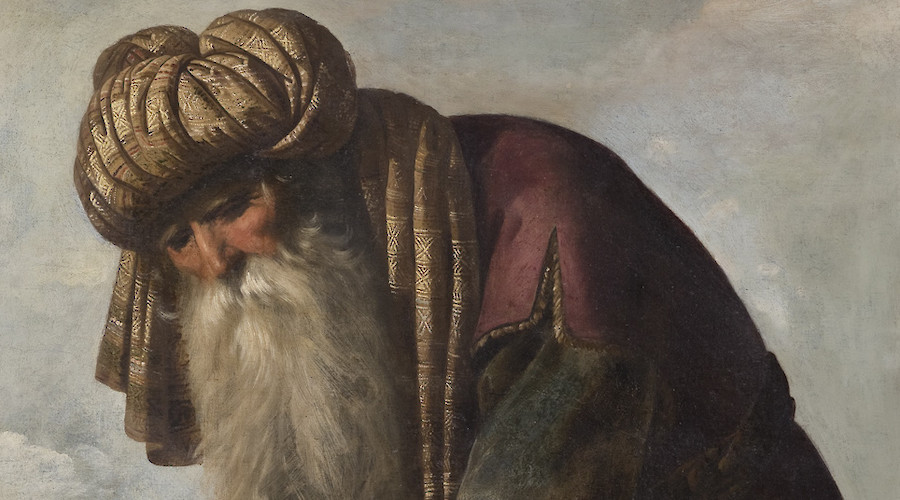JERUSALEM — The exhibition of paintings by Francisco de Zurburan, a seventeenth-century Spanish painter, has been a major attraction at the Israel Museum for the last few weeks. I had never heard of him, so I made use of a free morning to go and take a look.
What met my eyes came as a huge surprise (with the emphasis on ‘huge’). Each of the thirteen paintings depicts Jacob and his twelve sons, as described in the Old Testament. As Jacob feels his last hours approaching, he calls all his sons to him and on each one by turn he bestows a blessing and a characterization, phrased succinctly and sometimes in a caustic or prophetic way. In the exhibition at the Israel Museum these quotations are given in both Hebrew and English alongside each picture, enabling the viewer to relate the visual depiction to the father’s analysis.
The twelve sons of Jacob are regarded as the ancestors of the twelve tribes of Israel, and it is in that light that they should be perceived through Zurburan’s paintings. The actual pictures are extremely large, larger than life even, and clearly painted with a great deal of thought and attention to detail. The models for each painting were evidently chosen with the idea of revealing some aspect of the Biblical character. But that is only part of the story. Each model wears clothing that reflects his character and role in life. Thus, Judah, the son who is destined to be the predecessor of kings, wears regal robes of great delicacy and complexity, while Asher, who is described by Jacob as someone who both feasts on and provides good food and delicacies fit for kings, is painted as a ‘bon vivant,’ with an expression of satisfaction on his face.
What is most striking about all the paintings is the richness of the colours of various items of clothing. Thus, even the attire worn by Gad, who is depicted as a poor man, is painted in such great detail and with such artistic delicacy that to the viewer it feels as if one can almost touch the fabric of his dress.
The paintings apparently have a checkered history, and it is thought that they were intended to be used as a visual stimulus for the conversion of the natives of South America. The Spanish conquerors managed to overcome the physical resistance displayed by the local population, which nonetheless continued to adhere to their own beliefs. It is thought that the paintings were on board a vessel bound for South America that was captured by pirates and were lost for several years. Eventually, in the mid-eighteenth century, the pictures were bought at an auction in England by the Bishop of Durham, who hung them in Auckland Castle in Scotland. He did this in the aspiration that they would serve to further awareness of the need for tolerance and social, political and religious understanding between Christians and Jews in Britain.
Since Auckland Castle is currently undergoing renovations, the Israel Museum was given the opportunity to provide a temporary home for them in the form of the current exhibition, which is certainly well worth a visit.
Republished from San Diego Jewish World


























